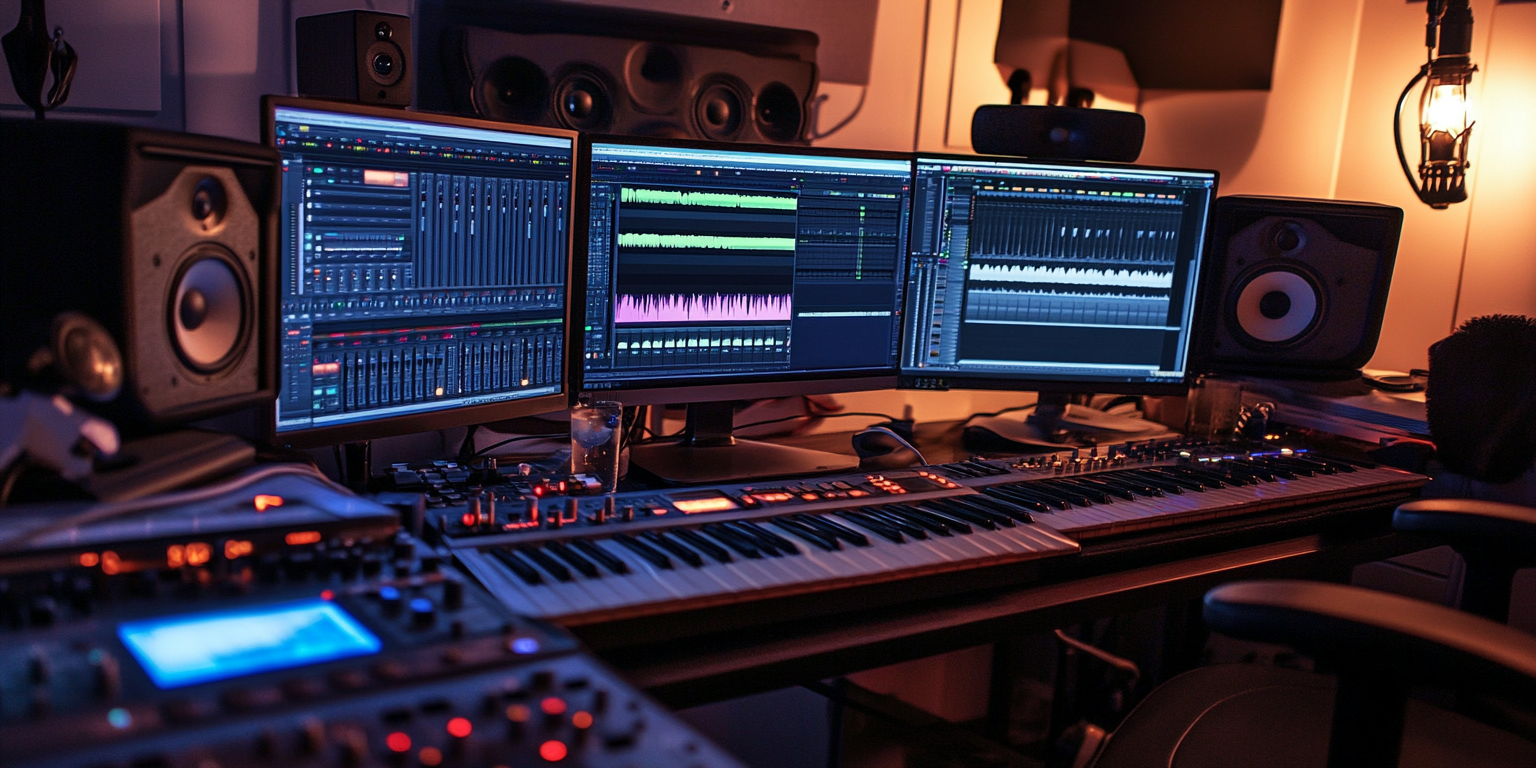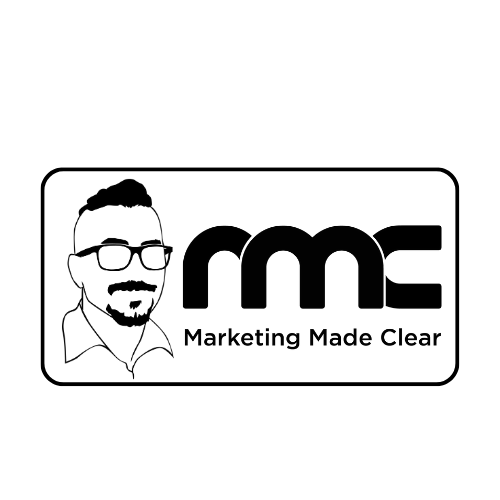How to make a Podcast
The Best Podcast Software and the Rise of AI in Podcasting
Choosing the right software for editing a podcast is crucial to achieving the sound quality and production value that aligns with your goals. The best software for you will depend on your level of expertise, the complexity of your podcast, and your workflow preferences.
This article will talk through some of the options to help you make the right choice… because ultimately, the right software is one that fits your editing style, enhances your podcast’s sound, and allows you to work efficiently.
The Marketing Made Clear Podcast
This article features content from the Marketing Made Clear podcast. You can listen along to this episode on Spotify:
The Best Podcast Software and the Rise of AI in Podcasting
If you’re getting into podcasting, you’re probably wondering: What’s the best software to use for recording and editing?
There are plenty of options available, and Web FX offers a comprehensive list of the top podcast recording platforms, including:
- Audacity
- GarageBand
- QuickTime (Yes, you can edit with QuickTime – that was news to me!)
- Spotify for Podcasters
- Adobe Audition
- Reaper
- Riverside
However, there are some notable omissions from that list. Pro Tools and Logic Pro should be on there, as they are two of the leading Digital Audio Workstations (DAWs) used by professionals.
And let’s not forget, there are plenty of other emerging web-based platforms too.

The Growing Role of AI in Podcasting
One of the most significant trends in podcasting today is the rise of Artificial Intelligence (AI). It’s predicted that AI-enabled podcasting will be worth $3 billion by early 2024. AI-powered podcast tools saw a 500% growth in 2022, and according to a survey by Headliner, 66% of podcasters are leveraging AI to improve their podcasts.
But why is everyone hopping on the AI bandwagon?
Well, AI has the potential to reduce podcast production costs by up to 50%. Tools like ChatGPT and Canva are enhancing podcast quality, allowing creators to streamline workflows and focus on content. Podcasters are using AI for a wide range of tasks, such as:
- Image generation
- Social media assistance
- Transcription
- Copywriting (like podcast notes)
- Podcast metadata
- Audiograms for social media
- YouTube automation
- Leveraging podcast statistics
AI is even being used to generate music, something I’ll be experimenting with for upcoming bonus episodes.

Leveraging Non-AI Tools for Podcasting
Not everything needs to be AI-driven.
Tools like SEMrush’s Topic Research can help podcasters discover trending topics and keep their content relevant. I use a mixture of books (I’m proud of my collection) and online articles for content. It’s a good reminder that there’s still value in traditional methods and research tools when it comes to building engaging podcast episodes.
Real-Life Podcast Recording Experiences
When it comes to recording and editing, the platform you choose can make or break the quality of your podcast. From my own experience and discussions with various podcast guests, there’s no one-size-fits-all solution. Everyone seems to have their preferred DAW or recording setup.
For example, when I was a guest on my mate Ray’s podcast, “In that Number”, we recorded the episode on Skype. And yes, I shared the story of how I got hit in the head by a dildo while working as a steward for Saints. It was an unforgettable (and gnarly) moment!
On Anna Webb’s podcast, “A Dogs Life”, we recorded in various locations, from a busy park to boardrooms and even in my car at the London Vet Show. Anna used multiple devices, including a setup that linked to her phone and then a Boss recording device, which I also happen to own from my days recording rehearsals and live gigs with my old wedding band.
Speaking of recording devices, I tested both my phone and the Boss device for podcasting.
While functional, I wasn’t entirely satisfied with the sound quality for my purposes.
A Will Green, Spontaneous Special Pro Tip: A quick comparison of sound quality between different devices is essential. Phone recordings tend to lack the clarity you’ll need for a professional-sounding podcast, while devices like the Boss may offer more control but still may not meet your standards for quality.
By the way, here’s a nice little tutorial from the guys at Buzzsprout about “How to edit a podcast in GarageBand”, which show the way I do it!
Learning from the Pros: ProTools and GarageBand
During my time studying Record Production at Solent University, I worked extensively with ProTools, which is truly a fantastic platform. Unfortunately, my version of ProTools is outdated, and I stopped using it due to severe latency issues (the delay between recording audio and when it actually registers in the DAW) because of my old Firewire device.
For those unfamiliar with the term, latency can seriously disrupt your workflow and lower the overall quality of your recordings. That said, DAWs remain an integral part of any podcaster’s toolkit. Whether you use ProTools, Audacity, or GarageBand, it’s crucial to find the right platform that matches your podcasting needs.
At the end of the day, Ray prefers Audacity, Anna’s producer Mike uses ProTools, and I’m currently using GarageBand. Ultimately, the best podcasting software depends on your specific goals and what you’re most comfortable with.

Conclusion: Choose What Works Best for You
Podcasting offers endless creative possibilities, whether you’re using advanced DAWs like Pro Tools or experimenting with AI-powered tools to enhance your production quality. The key is to try different platforms, explore new trends like AI, and tailor your workflow to your unique podcasting style.
After all, the beauty of podcasting is in its flexibility, from the tools you use to the stories you tell.


